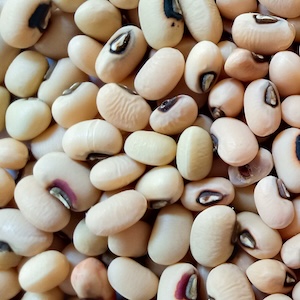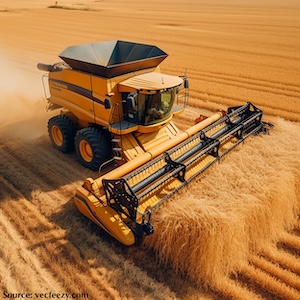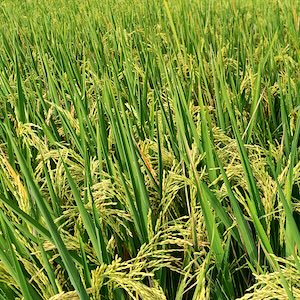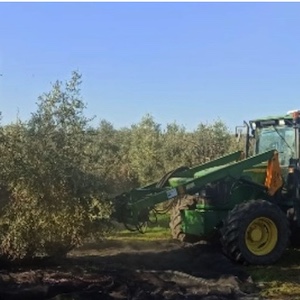Lightweight sandy vegetation object detection algorithm based on attention mechanism
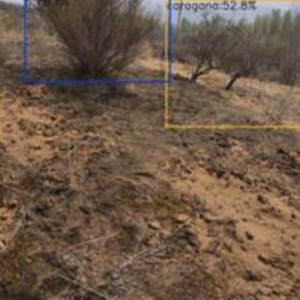
All claims expressed in this article are solely those of the authors and do not necessarily represent those of their affiliated organizations, or those of the publisher, the editors and the reviewers. Any product that may be evaluated in this article or claim that may be made by its manufacturer is not guaranteed or endorsed by the publisher.
Authors
This paper proposes a lightweight sandy vegetation object detection algorithm based on attention mechanism to solve the object detection task in the harsh sandy environment. We reduce the number of model parameters by the lightweight design of the anchor-free object detection algorithm model, thereby reducing the model inference time and memory cost. Specifically, the algorithm uses a lightweight backbone network to extract features and linear interpolation in the neck network to achieve multi-scale. Model algorithm compression is performed by depthwise separable convolution in the head network. At the same time, the channel attention mechanism is added to the model to optimise the algorithm further. Experiments have proved the superiority of the algorithm, the mAP in the training effect is 76%, and the prediction time per frame is 0.0277 seconds. It realises the efficiency and accuracy of the algorithm operation in the desert environment.
How to Cite

This work is licensed under a Creative Commons Attribution-NonCommercial 4.0 International License.







